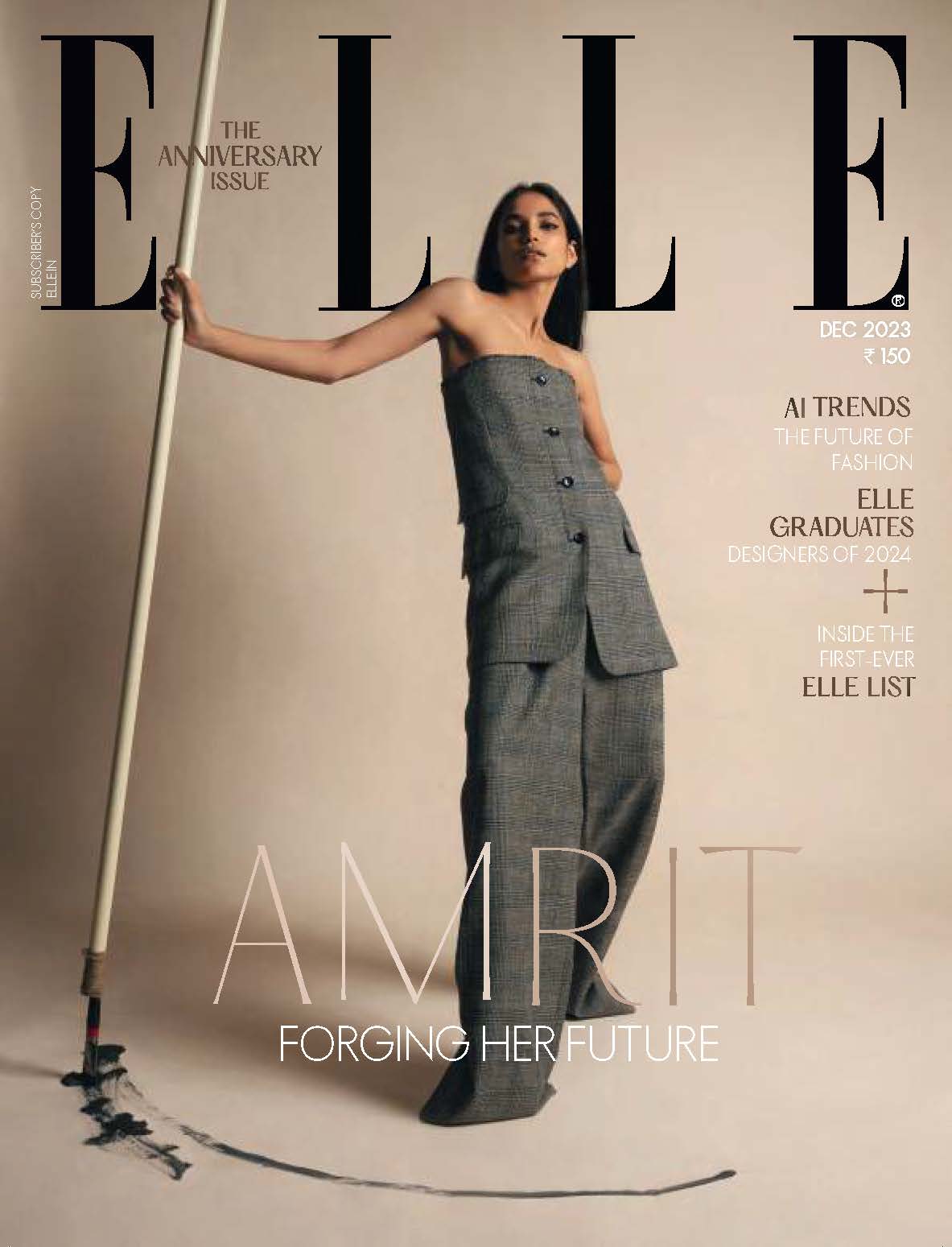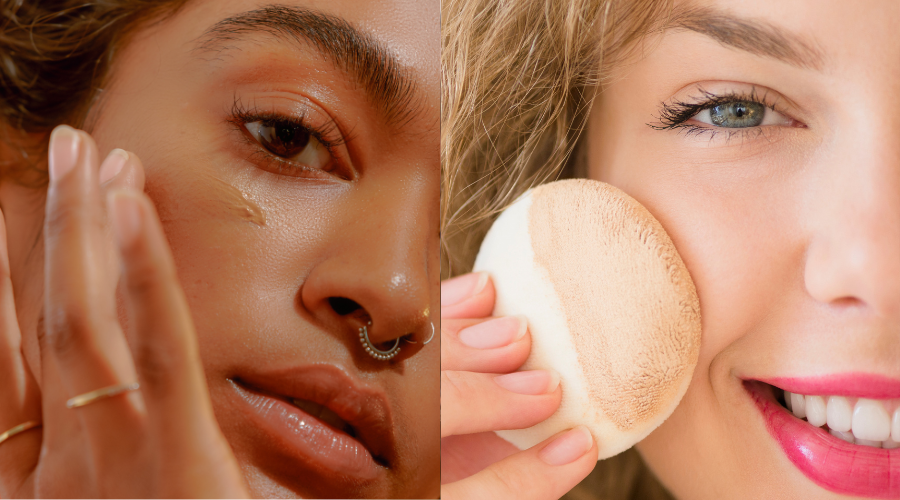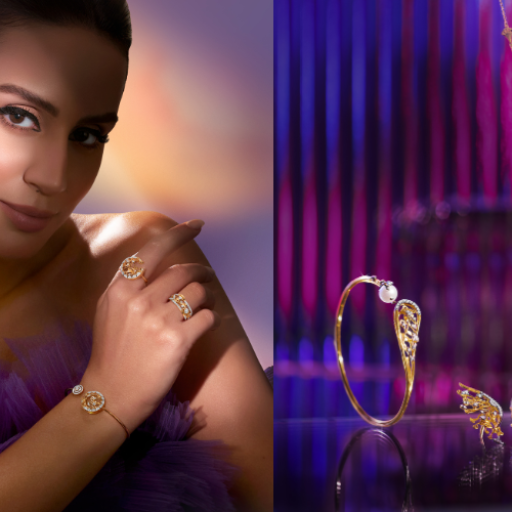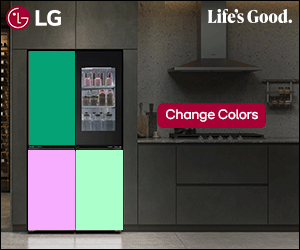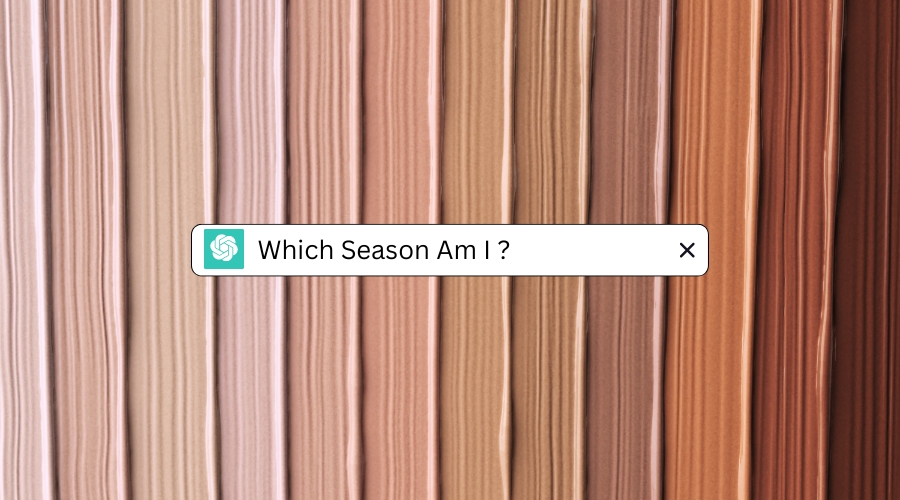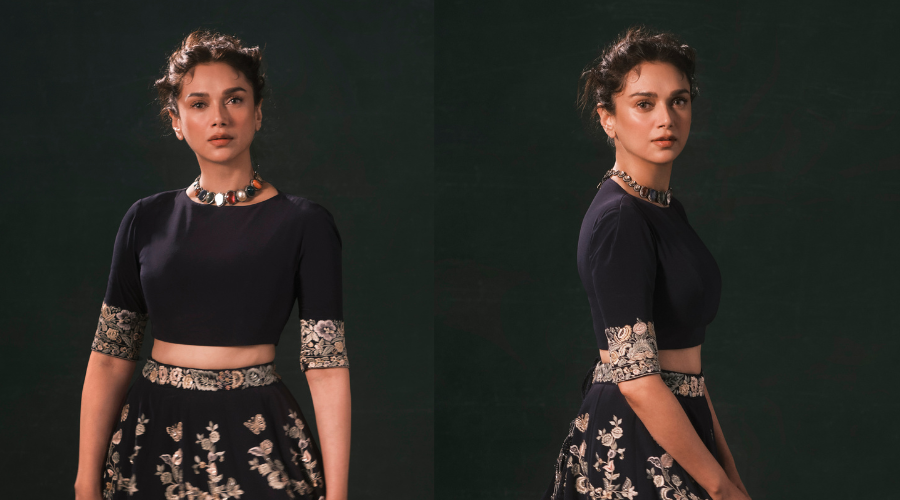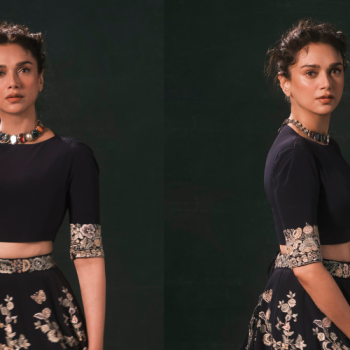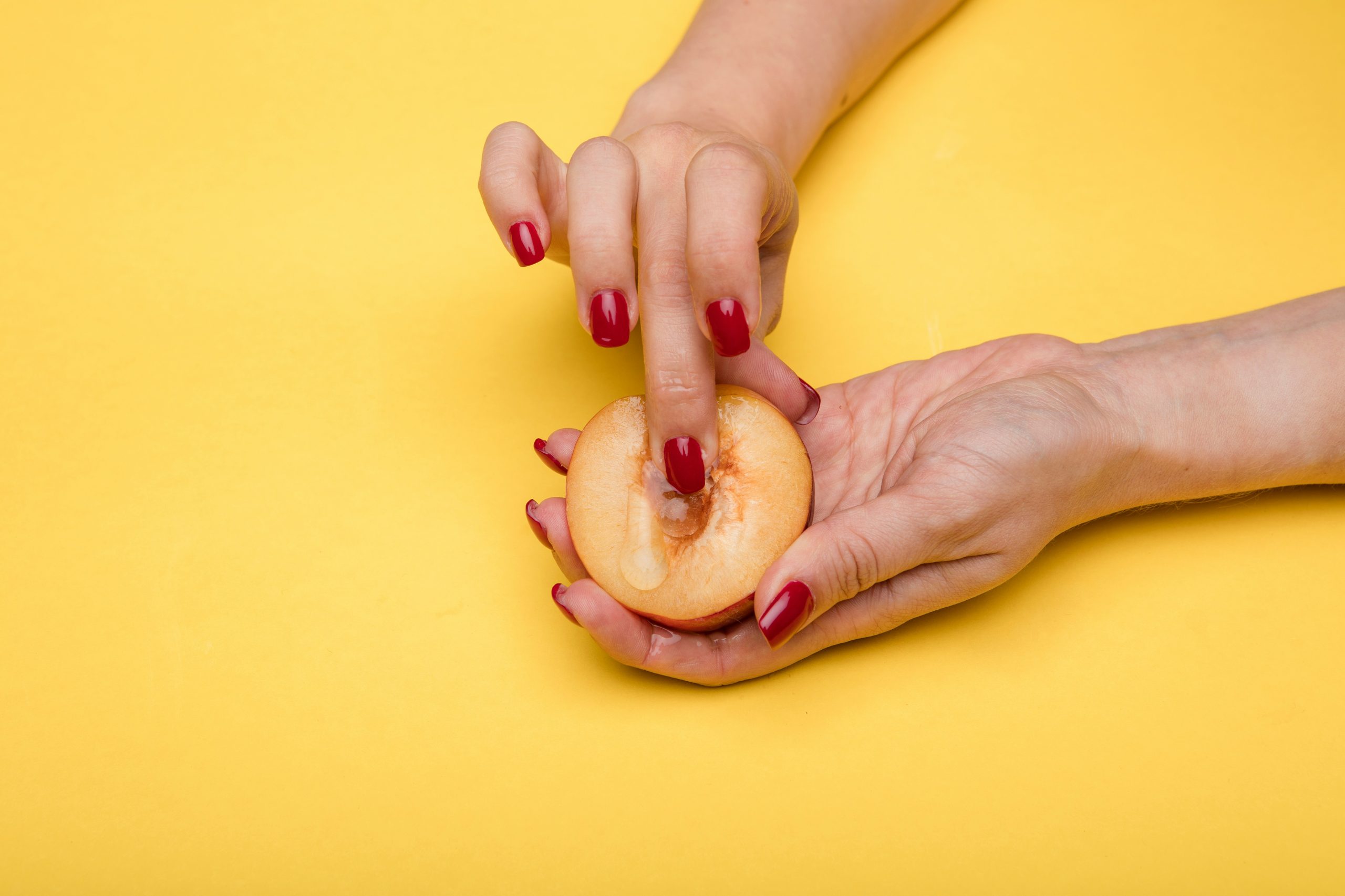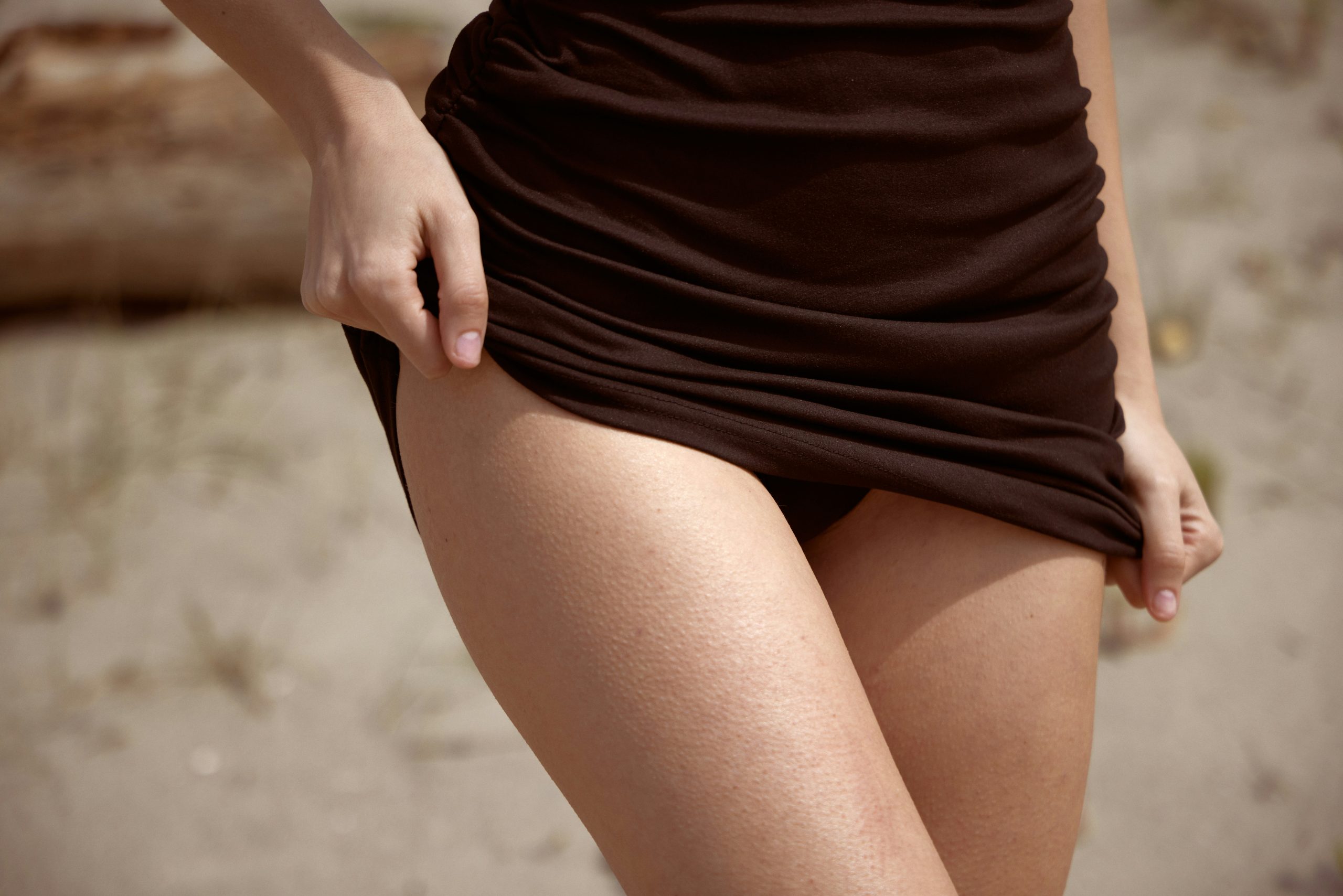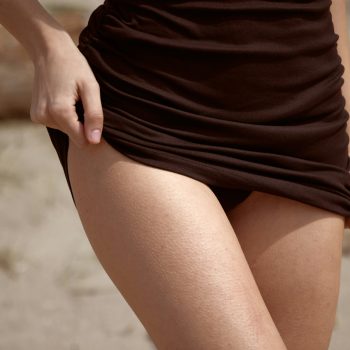Back in 2015 when I was just starting off with makeup, all I had was this flimsy little thing called a ‘puff’ that came inside compact powders. That’s what I used to blend out my foundation, concealer, blush, eyeshadow- everything! I never bothered to wash it, change it or doubt its capabilities- and it worked well for me, or so I thought. Now, however, there are multiple tools aimed at one goal, to help you perfect your base.
Beauty Blenders, makeup brushes, foundation spatulas, vibrating sponges, your good ol’ fingers and more – some might sound gimmicky but they all cater to different needs. So, here’s a breakdown of all the ways makeup enthusiasts are spreading their foundation and my take on the best one amongst all-
Beauty Blender
The Original BeautyBlender hit the market in 2012 and took the internet by storm. It convinced everyone that the only way to achieve a flawless base was by using this – it being expert at soaking up excess product and giving a natural, airbrushed finish. Although I use one for both cream and powder products, this very property of soaking up product keeps some people from using a blender. A microfibre variant, however, gives maximum product payoff. Moreover, because it is to be used damp, it often ended up becoming a breeding ground for fungus- making it difficult to clean and store.
Makeup Brushes
If you’re looking for coverage, go for a foundation brush. It helps you reach the nooks and crannies of the face and deposit the product onto targeted areas. This is why I use a brush for my concealer rather than for my foundation. However, a substandard brush could leave streaks on the face that need to be blended out with a beauty blender.
Korean Spatula
Korean beauty is all about letting the skin shine through; which is why the sheerer the base, the better. A spatula helps do just that, but only that. It picks up the product on its edge and evenly spreads it across the face like butter on bread. Your foundation then needs to then be buffed out with a sponge or a brush.
I think the hype around this product is because of the aesthetic value it holds rather than the application it offers, which is why I think it can be done away with. Acne-prone skin can also be aggravated because of a blunt metal edge running across it.
Vibrating Sponge
We’ve got a vibrating cleansing brush, a vibrating flat iron and a vibrating jade roller. So, the only rite of passage is to have a vibrating sponge. With over 10,000 pulses per minute, this is to mimic the actions of a regular beauty blender (which is insane). Although this sounds gimmicky, it’s not. Many beauty gurus swear that this applies very similar to a beauty blender, while giving you a nice little face massage. You have to hover it over your face and let the vibrations do the job for you.
So if you can justify its expense, it’s worth a try, right?
Silicone Blender
This invention came into being after knowing how much product a traditional sponge soaks up and how tough it is to keep it clean. A silicone blender has a non-porous texture, hence saving you your big bucks on the foundation. The product also washes off of it quite easily making for a hygienic beauty tool. However, I’ve found it to only move products around without blending them in at all. Kind of counter-productive, TBH. So, I can’t say I’m a fan.
Fingers
It’s what we all began with, and it still works. Using the pads of your fingers to warm up the product thins it out slightly, and lets you get all up in your face. It is, however, a little messy. I find finger application works best for creamy pot concealers and serum foundations.
